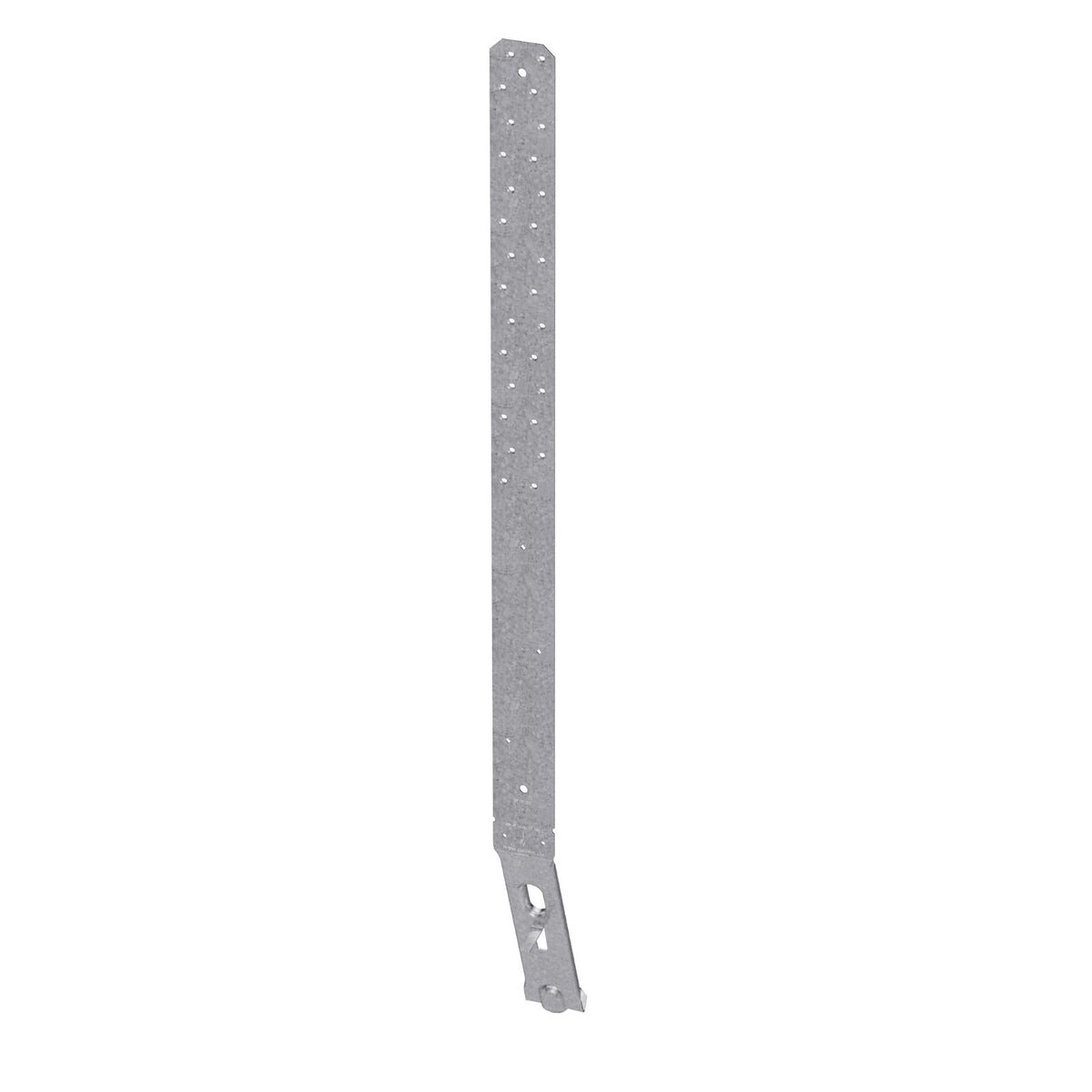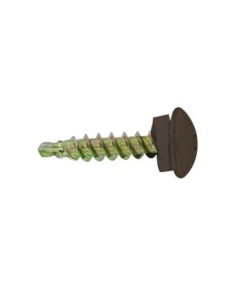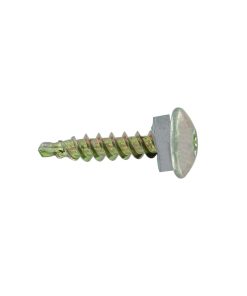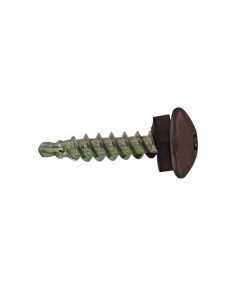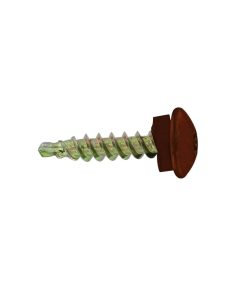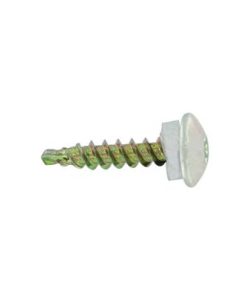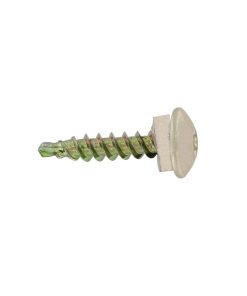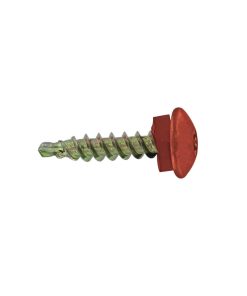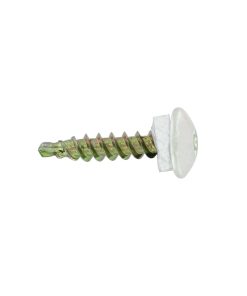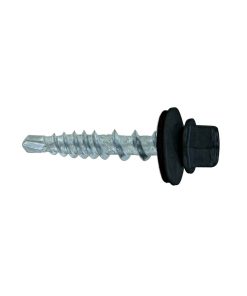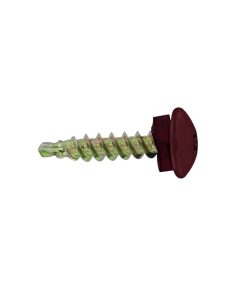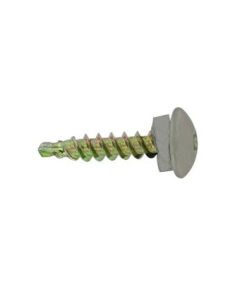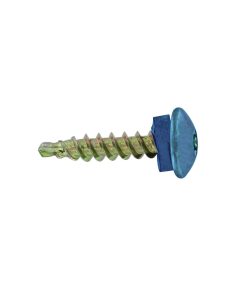Simpson LSTHD8RJ 32-1/8″ Rim Joist Strap-Tie Holdown – Galvanized Simpson Strong-Tie
$ 22,78 $ 13,67
The STHD is an embedded strap-tie holdown offering high loads and a staggered nail pattern to help minimize splitting. The STHD incorporates many features that aid correct installation and improve performance. When installed on the forms with the StrapMate® strap holder, the unique design of the STHD delivers enhanced stability before and during the pour to help prevent both parallel and perpendicular movement (relative to the form). This results in accurate positioning of the strap and reduced possibility of spalling. Front-to-back concrete bond is strengthened by the slots below the embedment line and also aids in reducing spalling. Rim joist models are designed to fit up to a 17″ clear span without any loss of strap nailing while still providing all the benefits of the STHD model.
Installation:
- See General Notes for Holdowns and Tension Ties.
- Use all specified fasteners; see General Notes.
- Use tables for both standard concrete and post-tension slab installations.
- Install before concrete pour with a StrapMate, or other holding device.
- Nail strap from the bottom up. Install strap plumb.
- Strap may be bent one full cycle (bent horizontal 90° then bent vertical) to aid wall placement, but may cause spalling behind the strap. If the spall is 1″ or less, measured from the embedment line to the bottom of the spall, full loads apply. 1″ to 4″ spalls for LSTHD8 achieve 0.9 times table loads. STHD10 and STHD14 achieve full load for spalls less than 4″. Any portion of the strap left exposed should be protected against corrosion.
- Other than where noted in the two-pour detail, do not install where: (a) A horizontal cold joint exists within the embedment depth between the slab and foundation wall or footing beneath, unless provisions are made to transfer the load, or the slab is designed to resist the load imposed by the anchor; or (b) Slabs are poured over concrete block foundation walls.
- Additional studs attached to the shearwall studs or post may be required by the Designer for wall sheathing nailing.
- Wood shrinkage after strap installation across horizontal members may cause strap to buckle outward.
- For installations in severe corrosion environments, refer to General Corrosion Risks for additional considerations
California Residents: WARNING
Prompt Delivery and Professional Packaging
Our long-standing partnership with UPS FedEx DHL and other carriers around the world lets us offer an array of shipping services. Our warehouse staff is extremely skilled and will package your goods in accordance to our precise and exact specifications. Your products will be subjected to an extensive inspection and be properly packaged prior to being shipped. Each day, we ship to thousands of customers in many countries. Our dedication to becoming the biggest online retailer worldwide is demonstrated by this. Warehouses and distribution centers are found in Europe as well as in the USA.
Note: Orders containing multiple items will have a separate processing time for each item.
Prior to shipment, we inspect the ordered items thoroughly before sending the items. The majority of orders are shipped within 48 hrs. Expected delivery times are between 3-7 days.
Returns
Due to multiple entities, including the factory and the warehouse, we are unable to fully manage stock. The actual stock can be changed at any time. It's possible that the stock may run out after the order has been made.
Our policy is valid for 30 days. If you haven't received your item within 30 days, we're unable to offer either a return or exchange.
To be eligible for a refund your item must be in good condition and in the same condition as you received it in. It must also be returned in the original packaging.
Related products
Uncategorized
#10 x 1″ Eclipse Woodbinder Metal Roofing Screw – Burnished Slate, Pkg 250 ST Fastening
